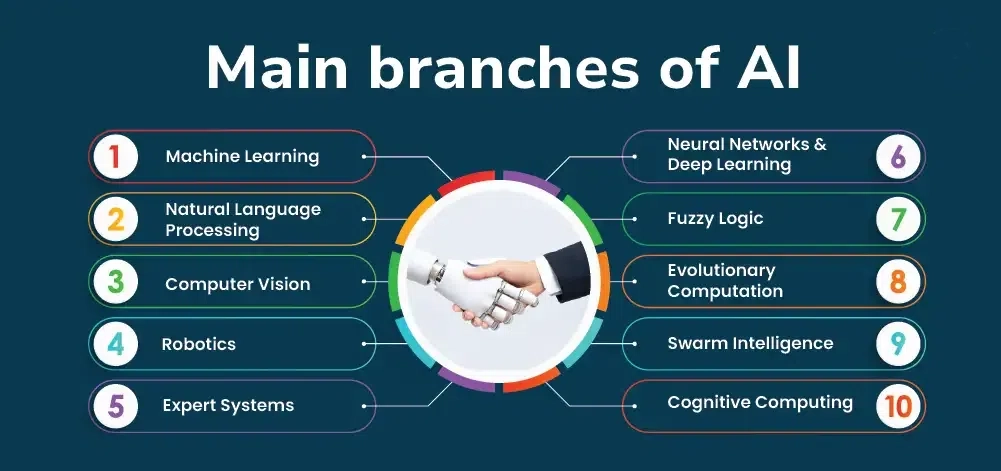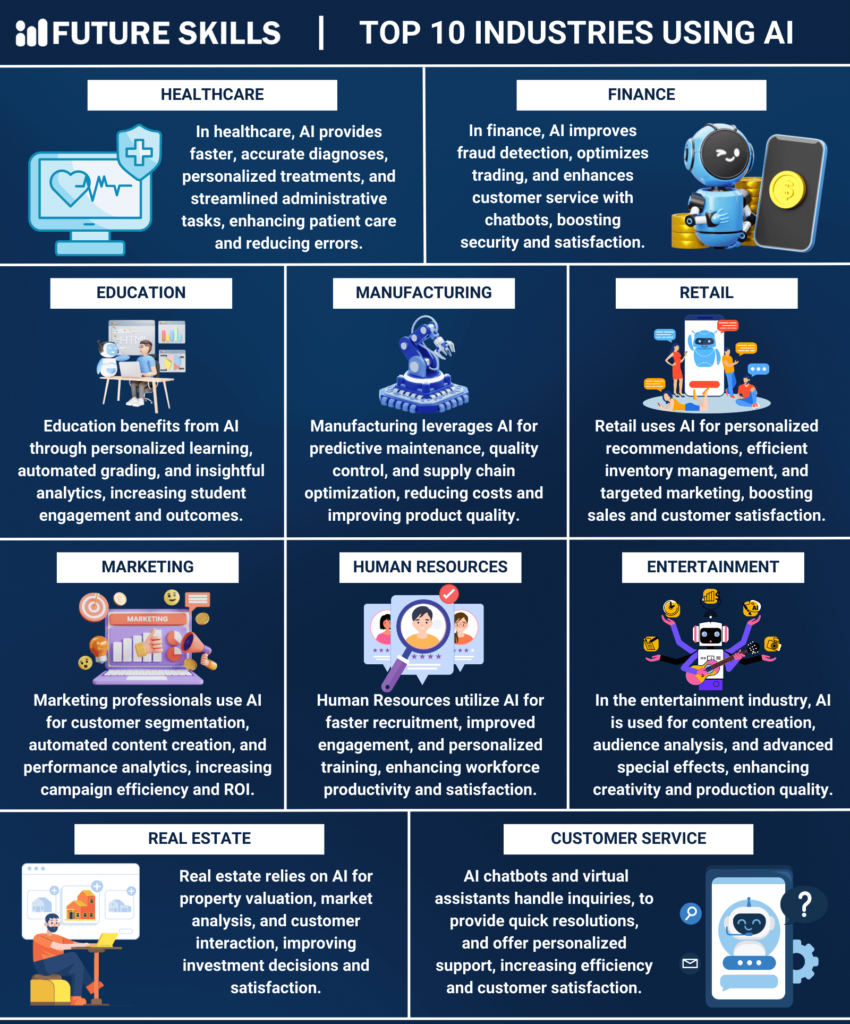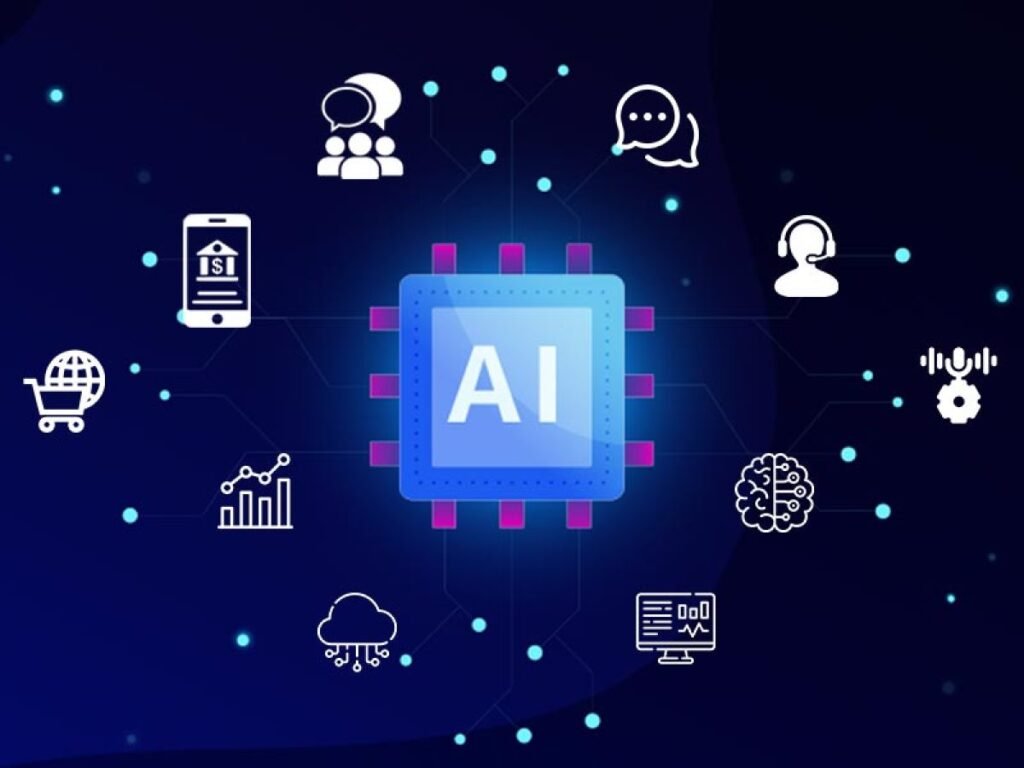Artificial Intelligence (AI) is transforming the way we work, communicate, and solve problems. From enhancing productivity to making data-driven decisions, knowing how to use AI effectively can unlock endless possibilities. Whether you’re a professional, student, or business owner, this guide will help you leverage AI to achieve better results.
Understanding the Basics of AI
To use AI effectively, it’s crucial to understand what it is and how it works. Artificial Intelligence refers to systems or tools that simulate human intelligence processes. These processes include learning (acquiring data), reasoning (making decisions), and self-correction.
AI comes in different forms, including:
- Machine Learning: Systems that improve through experience.
- Natural Language Processing (NLP): Understanding and generating human language.
- Computer Vision: Interpreting visual data from the world.
By knowing the basics, you can identify areas where AI can bring the most value to your tasks.

Key Benefits of Using AI
Using AI offers numerous advantages, including:
- Enhanced Productivity: Automate repetitive tasks and focus on creative problem-solving.
- Data-Driven Insights: Analyze vast amounts of data for actionable results.
- Cost Efficiency: Reduce manual labor and increase operational efficiency.
- Customization: Personalize user experiences with AI-driven recommendations.
Example Applications of AI
- AI tools like Grammarly improve writing quality.
- Google Analytics uses AI to identify user behavior trends.
- AI-powered customer service bots streamline support.
These benefits show why learning how to use AI can be a game-changer for anyone looking to improve outcomes in their projects or daily tasks.

Steps to Use AI for Better Results
1. Identify Your Goals
Before using AI, define what you want to achieve. For example:
- Streamlining workflows.
- Improving customer experiences.
- Enhancing content creation.
Having clear objectives will help you select the right AI tools and strategies.
2. Choose the Right AI Tools
There are numerous AI tools available, catering to different needs:
- For Writing: Jasper, Grammarly.
- For Data Analysis: Tableau, Microsoft Power BI.
- For Communication: ChatGPT, Zoho AI.
Research and choose tools that align with your goals.
3. Integrate AI into Your Workflow
Once you’ve selected your tools, integrate them into your daily tasks. For instance:
- Use scheduling AI like Calendly for managing appointments.
- Implement AI-powered CRM software for better customer relationship management.
4. Monitor and Optimize
Regularly evaluate the performance of AI tools. Adjust settings and workflows to optimize results.
Common Challenges When Using AI
While AI offers immense potential, there are challenges to consider:
- Data Privacy Concerns: Ensure compliance with data protection regulations.
- Learning Curve: Familiarize yourself with AI tools to use them effectively.
- Cost of Implementation: Some AI solutions can be expensive initially.
By anticipating these challenges, you can mitigate risks and ensure a smooth transition to AI-powered solutions.
Industries Leveraging AI Effectively
Education
- Personalized learning experiences using AI-driven platforms like Duolingo.
Healthcare
- AI tools like IBM Watson assist in diagnostics and treatment planning.
Retail
- AI-driven recommendation systems improve customer satisfaction and sales.
These industries demonstrate how understanding how to use AI can lead to transformative outcomes.

Best Practices for Using AI
- Stay Updated: Keep up with the latest AI trends and tools.
- Start Small: Begin with simple AI applications and scale gradually.
- Train Your Team: Provide training to ensure everyone knows how to use AI tools effectively.
Conclusion
Learning how to use Ai is essential in today’s tech-driven world. By understanding its potential, choosing the right tools, and integrating them into your workflow, you can achieve remarkable results. Start exploring AI today to stay ahead in your personal and professional endeavors.


